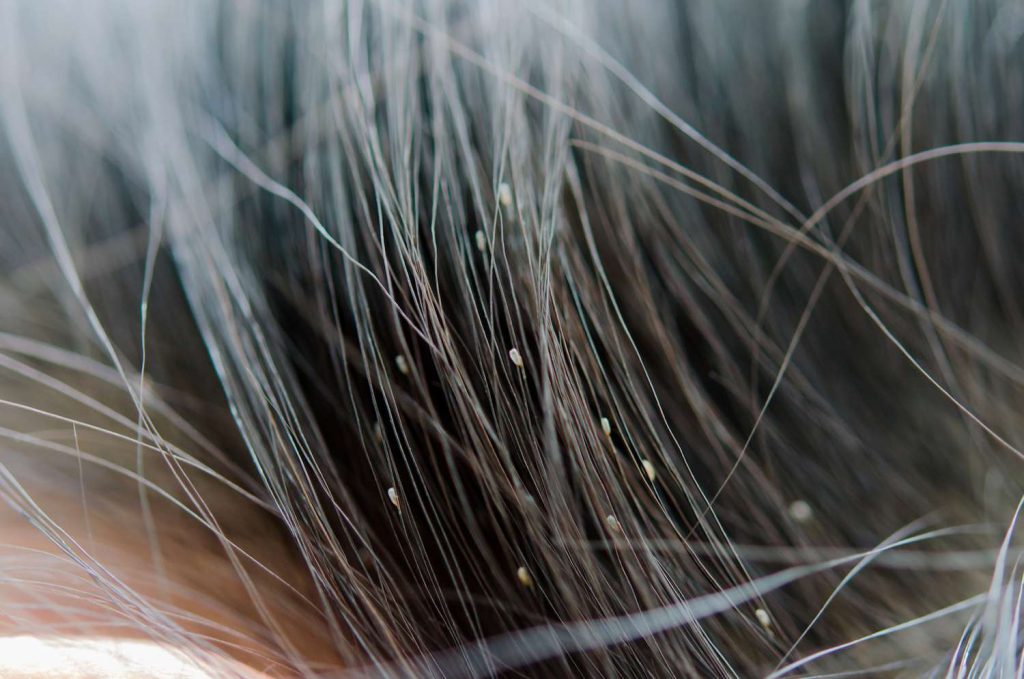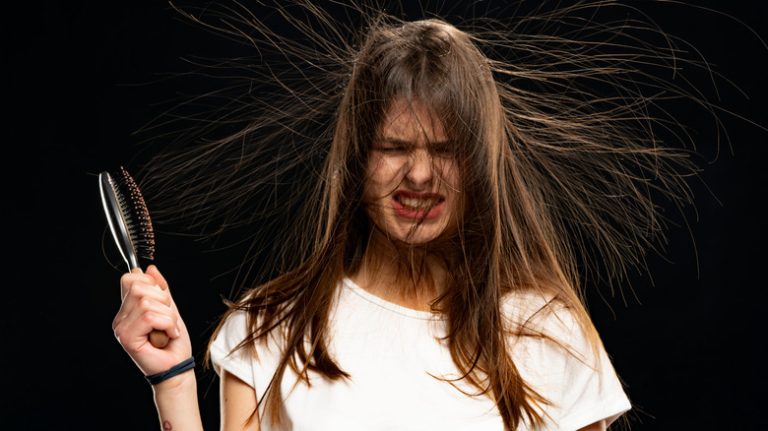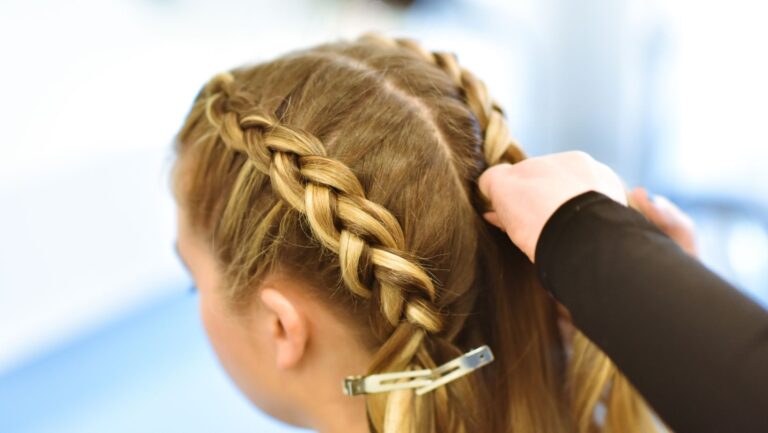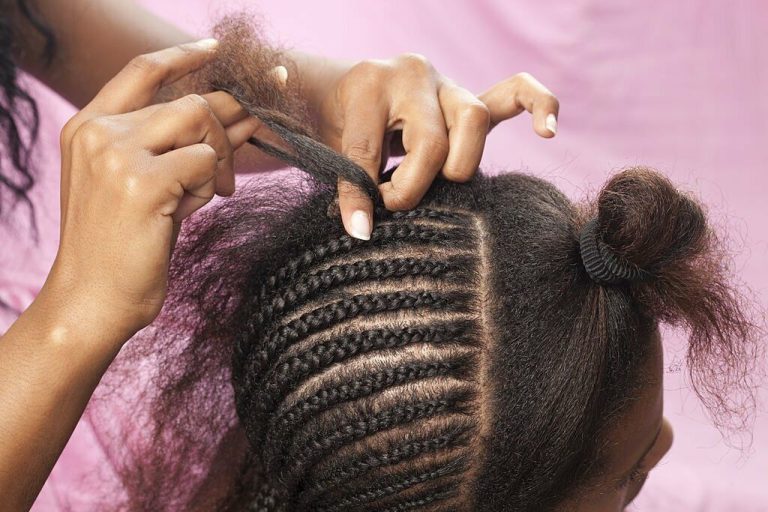Does hairspray kill lice? Is it effective?
Head Lice Driving You Crazy? Does using hairspray help?
Head lice are one of the most frustrating and embarrassing problems parents have to deal with. When my son came home from school with a lice infestation, I was willing to try anything to get rid of the pesky critters. In my desperation, I wondered: Does hairspray kill lice?
I had heard this home remedy suggested by other moms, but I wasn’t sure if it really worked. I decided to dig into the research and try it out for myself to see if hairspray could be an effective lice treatment.
Here’s what I learned about using hairspray to kill head lice, as well as some safer, more effective alternatives.
What are head lice?
Contents
- What are head lice?
- Does hairspray kill lice?
- Does hairspray kill lice eggs?
- Can Lice Become Resistant to Hairspray?
- Other Risks of Using Hairspray on Lice
- The Bottom Line: Hairspray Is Not Recommended
- Evidence-Based Ways to Kill and Remove Lice
- How to Prevent Reinfestation After Treatment
- When to See a Doctor About Lice
- The Takeaway on Hairspray for Head Lice

Before we dive into whether hairspray can kill lice, let’s go over some basics about what head lice are and how they spread.
Head lice are tiny, wingless insects that live and feed on blood from the human scalp. They are tan to grayish-white in color and are about the size of a sesame seed.
Female lice lay eggs called nits, which look like tiny, translucent specks attached to the hair shaft near the scalp. Nits hatch in about 7–10 days.
Lice spreads mainly through direct head-to-head contact. Less commonly, they can spread via shared combs, brushes, hats, helmets, hair accessories, clothing, towels, bedding, or furniture.
Contrary to popular belief, lice do not jump or fly. They crawl and cannot live far away from the human head.
An itchy scalp is the most common symptom of lice. You may also see live lice crawling in the hair or nits glued to the hair shafts.
Although not dangerous, lice infestations can be annoying, stressful, and difficult to get rid of. So let’s look at whether hairspray can help.
Does hairspray kill lice?

When faced with a lice outbreak, many parents start spraying their child’s hair liberally with hairspray, hoping to suffocate or kill the lice.
The theory is that hairspray’s sticky coating will immobilize lice and stop them from moving around the scalp or laying more eggs. Some also believe the chemicals in hairspray are toxic to lice.
After dealing with lice firsthand, I was willing to give this a shot. I started heavily spraying my son’s hair with hairspray every morning before school and every night before bed.
After about a week of this regimen, I combed through his hair and noticed a reduction in the number of live lice crawling around.
However, I still saw nits stuck to the hair shafts, meaning the remaining lice were still able to lay eggs. And my son’s scalp became red and irritated from repeated hairspray use.
I did some more digging and found that experts say hairspray alone does not effectively kill lice or nits. Here’s why:
- The sticky coating slows lice down but does not suffocate or kill them.
- Nits are unaffected because they are firmly attached to the hair shaft and shielded by a robust shell.
- Hairspray does not penetrate deep enough to kill all lice and eggs.
- Any lice that survive continue multiplying.
The bottom line is that while hairspray may temporarily immobilize some lice, it will not fully eliminate a lice infestation.
Does hairspray kill lice eggs?
If you’re dealing with lice, getting rid of the eggs (nits) is crucial. So another important question is: can hairspray kill lice eggs?
Unfortunately, research shows hairspray does not kill nits either.
Nits are cemented very tightly to the hair shaft, and their hard outer casing protects the developing larva inside.
Hairspray cannot penetrate the shell or dissolve the incredibly stubborn nit glue that attaches them to the hair.
So rest assured, dousing your head in hairspray will not suffocate or kill lice eggs. Any nits that remain after using hairspray will continue to hatch.
This means viable nits will reinfect your head if you only rely on hairspray to treat lice.
Can Lice Become Resistant to Hairspray?
Some lice may be able to survive repeated hairspray applications. Here’s how:
- Some lice may be resistant to the chemicals in certain hairspray brands.
- Lice can shut down their respiratory systems for an hour or more to survive the coating.
- Any lice that survive reproduce, passing on their resistance.
This is why entomologists explain that lice can become resistant to chemicals in hairspray if it is used consistently to try to kill lice.
This makes hairspray even less reliable against lice over time. Rotating treatments is important to prevent lice from adapting.
Other Risks of Using Hairspray on Lice
While hairspray is designed to be safe for use in hair, spraying it directly on the scalp comes with some risks:
- Can irritate the skin, causing redness, itching, stinging, or even chemical burns on the scalp.
- Inhaling the fumes, especially repeatedly, can cause nose, throat, and lung irritation.
- Overuse can make hair brittle and dry.
- The product likely contains chemicals like alcohol, butane, and propane, which can be toxic if absorbed at high levels into the body.
I experienced some of this firsthand. My son’s scalp became red, dry, and itchy after a week of daily hairspray treatments.
While using hairspray in moderation to style your hair as intended is fine, dousing your scalp with it frequently comes with risks.
And it still won’t fully get rid of lice!
The Bottom Line: Hairspray Is Not Recommended
Based on the evidence, experts agree that you should not use hairspray as a lice treatment, even though it’s a widespread home remedy.
The National Pediculosis Association explains:
“Hairspray is not a recommended treatment because it can cause irritation and contains chemicals that could be harmful if inhaled or absorbed into the body at high levels.”
While it may seem like an easy fix, hairspray is simply not effective against lice and nits in the long run. And misusing these products in other ways than intended can be risky.
So if hairspray isn’t the answer, what are the proven, safe ways to get rid of lice?
Evidence-Based Ways to Kill and Remove Lice
If you’re dealing with a lice infestation, don’t waste time with home remedies like hairspray. Use treatments proven to effectively kill lice and eliminate nits:
1. Lice Medication
Medicated lice treatment products are the most effective way to kill lice and eggs.
These contain pesticide ingredients like permethrin or pyrethrins that are designed to safely kill lice and nits when used as directed.
Some popular over-the-counter options are Nix, Rid, and A-200. Prescription products are also available.
Follow the instructions carefully when applying lice medication. Using too little or leaving it on for too short a time can decrease effectiveness.
2. Lice Combs
Specialized nit combs are essential for removing nits from the hair shaft.
These ultra-fine-toothed combs can painstakingly remove the tiny nits that cling tenaciously to the hair, even after using chemical treatments.
I used the LiceMeister comb, which worked well to comb out both lice and eggs, while conditioner was applied to lubricate the hair.
Combing needs to be done frequently to catch any newly hatched lice. It is effective but requires diligence.
3. Heat Treatment
Heating tools can be used to loosen the glue holding nits in place, making them easier to comb out.
A hot air blow dryer may work, but specialized devices like the LiceClinic or AirAlle are proven more effective.
Treatment involves using regulated, consistent heat around 130°F to weaken nit glue so it slides off the hair shaft during combing.
Ask your doctor first before using any heat method on your child.
4. Suffocation Methods
Drowning or suffocating lice with oils or thick conditioners can be effective, but these home remedies require precautions.
Oils like olive, coconut, tea tree, or essential oils can potentially smother lice when applied thoroughly on the scalp and left on overnight.
Petroleum jelly, mayonnaise, or a thick conditioner might also work by coating the hair and blocking the airways.
However, take care to avoid contact with eyes and wrap hair securely to prevent dripping. Wash out thoroughly after treatment.
Suffocation methods may kill live lice but combing out nits is still essential. Monitor closely and repeat if needed.
How to Prevent Reinfestation After Treatment
Successfully getting rid of head lice takes diligence. Here are some tips to avoid lice from coming back after treatment:
- Comb hair daily with a nit comb to catch any newly hatched lice.
- Avoid head-to-head contact with anyone who has lice.
- Don’t share combs, brushes, hats, helmets, or other personal items.
- Soak combs, brushes, and hair accessories in hot water for 5–10 minutes.
- Machine wash and dry bedding, clothes, and towels in hot settings.
- Items that can’t be washed can be bagged up for two weeks.
- Vacuum carpets, furniture, and mattresses thoroughly.
Being vigilant about combing, hygiene, and cleaning can help prevent lice from spreading again in your home.
When to See a Doctor About Lice
In most cases, lice can be managed at home. But see your doctor if:
- Symptoms persist after two rounds of treatment.
- The scalp becomes infected from excessive itching and scratching.
- You are pregnant or breastfeeding.
- Your child is under two years old.
A doctor can prescribe stronger medicated shampoos, recommend professional nitpicking services, or rule out other problems causing scalp itching.
The Takeaway on Hairspray for Head Lice
While using hairspray to kill head lice may seem tempting, it simply isn’t an effective treatment in the long run.
Hairspray can only temporarily slow some lice down but does not kill them or their resilient nits. And misusing these products so frequently can be risky.
Stick to proven, safe lice treatments like parasite-killing medicated shampoos, specialized lice combs, and heat.
Combining chemical and mechanical removal gives the best chance of fully eliminating a lice infestation and avoiding reinfestation.
With some diligence and proper treatments, you can get lice under control and finally have peace of mind around this pesky problem!

Founded by Sophia Rodriguez, IGXO Cosmetics is a PETA-certified, cruelty-free, and vegan makeup brand.





